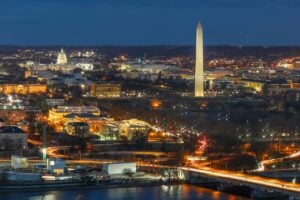Who Gets to Decide What We Read? The Global Surge in Book Bans and What It Means for Free Expression

In 2025, one of the most pressing cultural battles isn’t playing out in political arenas or corporate boardrooms—but in classrooms and libraries. Around the world, there is a rising wave of book bans targeting literature that tackles race, gender identity, historical trauma, and mental health. And the question many are asking is: who gets to decide what stories are too “controversial” to be read?
Countries including the U.S., India, Hungary, and parts of South America have seen local school boards and political groups challenge a wide range of books. Titles that once helped students navigate identity, inequality, and emotional complexity—such as The Bluest Eye, Gender Queer, or Persepolis—are now under scrutiny for being “inappropriate” or “politically charged.”
But critics argue this isn’t about protecting children—it’s about suppressing perspectives that challenge dominant narratives. According to a recent press release distribution from PEN International, over 2,000 book challenges were officially recorded in the past 12 months alone—a 28% increase from 2024.
Using insights from a Google Analytics alternative platform, trend data shows a sharp spike in online searches related to book bans, educational censorship, and curriculum reform across both developed and developing nations. Engagement is highest among educators, students, and human rights advocates—especially in digital forums and youth-led activism spaces.
Meanwhile, publishing industry experts are reporting that banned books often see a surge in sales and public interest following censorship attempts, reinforcing the Streisand effect: the more you try to silence a story, the louder its message becomes.
Educators and librarians—often the first line of defense for free expression—are fighting back. In parts of Canada and Australia, teachers’ unions are teaming up with legal watchdogs to protect the right to teach diverse texts. In Nigeria and Argentina, student-led coalitions are petitioning school boards to include banned literature in reading clubs outside the formal curriculum.
“It’s not just about a book—it’s about whether students are allowed to see themselves reflected in what they read,” said Maya O., an educator interviewed via a Private Label Newswire feature on education and equity. “When we remove these stories, we tell young people their experiences don’t belong in public conversation.”
Book bans rarely stop at literature—they are part of broader societal debates around control, values, and identity. The danger, experts warn, lies not only in limiting what students read, but in teaching an entire generation that silence is safer than expression.
Freedom of thought, empathy-building, and critical thinking are compromised when access to diverse narratives is restricted. And in a hyperconnected era—where AI, social media, and digital publishing have made information more accessible than ever—such censorship appears both ironic and regressive.
The response, many believe, lies in education, advocacy, and transparent dialogue. Schools, publishers, and communities need to collaborate—not just to defend the right to read, but to champion it. Technology platforms are also stepping in to provide access to challenged books through digital libraries and secure reading tools—especially in areas where physical access is being restricted.
Whether through open forums, student reading circles, or public press release distribution campaigns that spotlight censored authors, 2025 is becoming a year of reckoning for intellectual freedom.
And as this global story unfolds, one thing becomes clear: the right to read is not just about books—it’s about the future of democracy, empathy, and truth itself.








